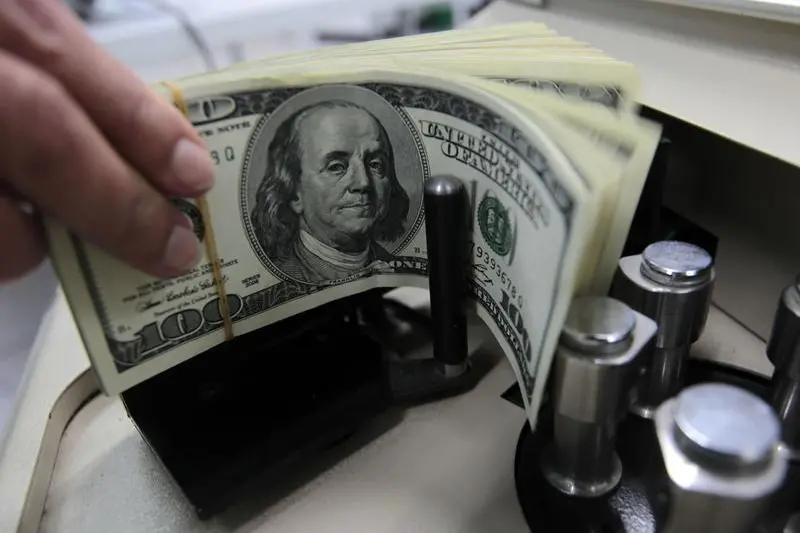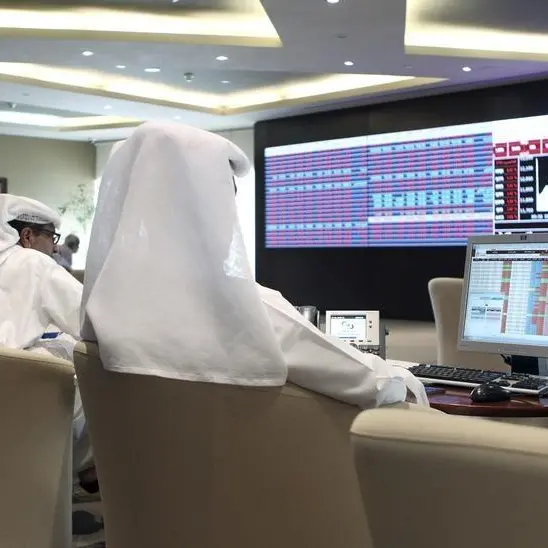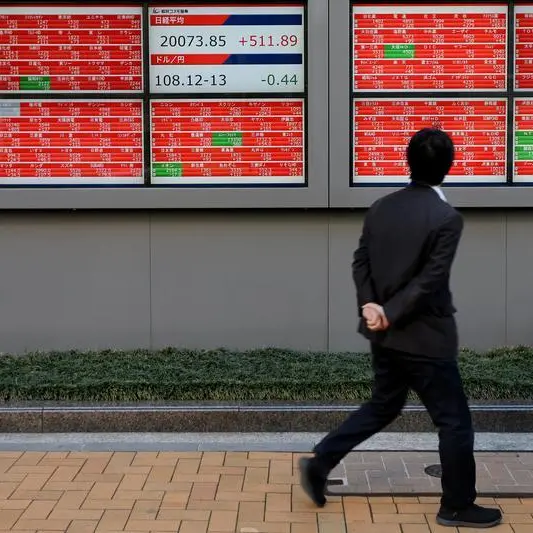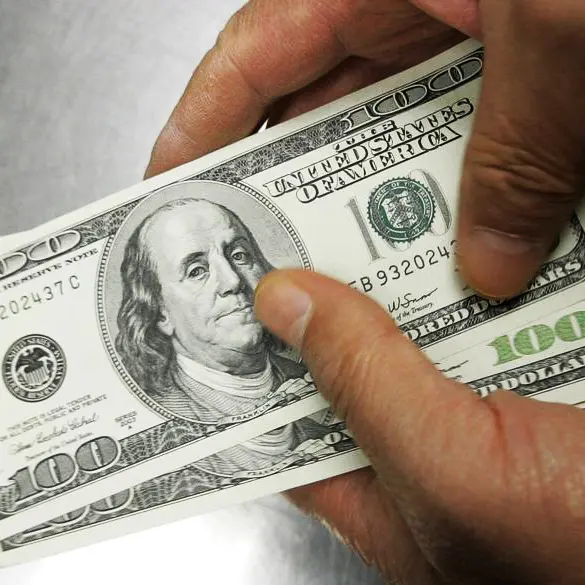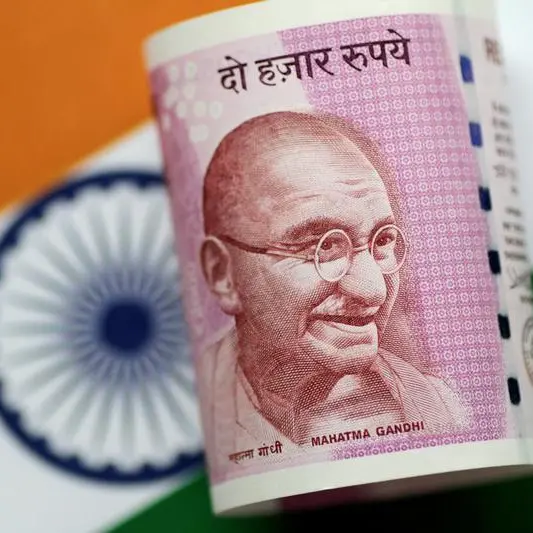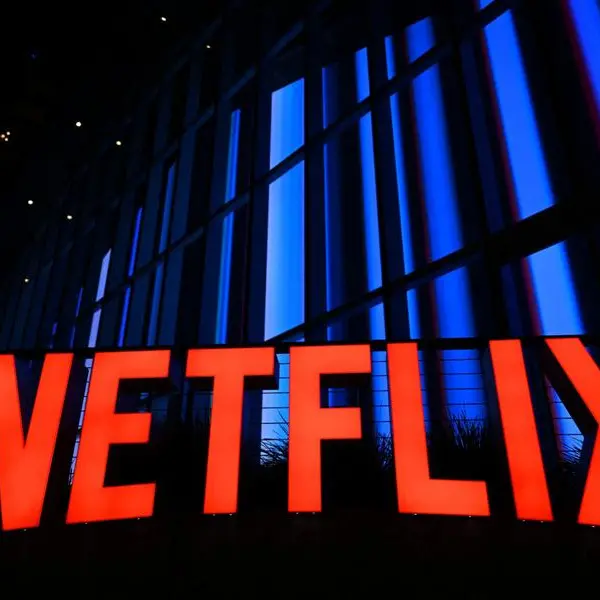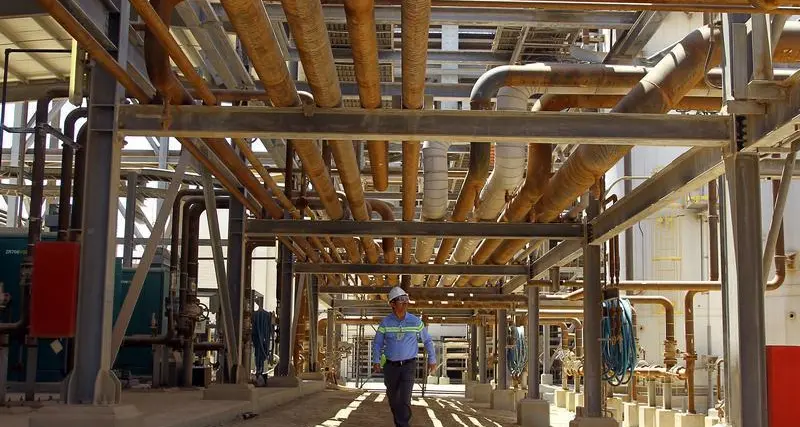PHOTO
SINGAPORE - The dollar was hamstrung versus its rivals on Thursday, restrained by concerns over global growth, the U.S. government shutdown and a yet-unresolved U.S.-Sino trade dispute.
"Trade tensions are the most dominant factor for investor sentiment right now and will drive market flows," said Nick Twidale, chief operating officer at Rakuten Securities.
Twidale added that investor risk appetite will only improve once concerns over the partial U.S. government shutdown and trade tensions fade.
The Aussie dollar was a big mover in the Asian session, trading 0.22 percent lower at $0.7126 after National Australia Bank said it would raise mortgage rates by 12 to 16 basis points. Earlier, the Aussie was in positive terrain on the back of solid jobs data.
The partial U.S. government shutdown, now in its 34th day has hurt investor sentiment. U.S. Republican Senate Majority Leader Mitch McConnell said he planned to hold a vote on Thursday on a Democratic proposal that would fund the government for three weeks.
Global growth concerns have also rattled investor appetite for risk. On Monday, the International Monetary Fund (IMF) cut its 2019 and 2020 global growth forecasts, citing a bigger-than-expected slowdown in China and the eurozone, and said failure to resolve trade tensions could further destabilise a slowing global economy.
In Asian trading, the yen was marginally higher at 109.51, after weakening 0.2 percent versus the greenback in the previous session.
On Wednesday, the Bank of Japan kept its policy unchanged. The BOJ cut its inflation forecasts and warned of growing risks to the economy from trade protectionism and slowing global demand.
The dollar index, a gauge of its value versus six major peers, was steady at 96.06.
Markets are bearish on the outlook for the dollar this year. Traders in interest rate futures are wagering that the Federal Reserve will stand pat on rates in 2019 in the face of growth risks both at home and globally.
All eyes will be on the euro as investors await the European Central Bank's monetary policy announcement later on Thursday where it is all but certain to keep policy unchanged.
The single currency was marginally higher at $1.1383. The euro has lost around 1.6 percent of its value over the last two weeks as traders expect the ECB to remain dovish and keep monetary policy accommodative for an extended period of time. Low inflation as well as weaker-than-expected economic activity in Germany and France, however, may lead ECB President Mario Draghi to point towards a potentially longer lasting slowdown.
"If the central bank lowers its growth or inflation forecasts and Draghi focuses on weaker growth, we could see EUR/USD fall to $1.12 easily," said Kathy Lien, managing director of currency strategy at BK Asset Management.
Elsewhere, sterling traded marginally higher at $1.3075, hovering near highs last seen in mid-November in a sign traders expect Britain to avoid a chaotic exit from the European Union.
Since Prime Minister Theresa May's divorce deal with the EU was rejected by lawmakers last week in the biggest defeat in modern British history, lawmakers have been trying to plot a course out of the crisis, yet no option has the majority support of parliament.
Some analysts expect limited upside for sterling. Philip Wee, currency strategist at DBS says that most of the gains in the pound are due to the unwinding of short positions. He sees sterling capped in the range of $1.3170-1.3240. (Editing by Jacqueline Wong)
© Reuters News 2019
